Edfu Temple
Temple of Horus at Tell Edfu is one of the most prominent monuments at Tell Edfu and represents one of Egypt's finest examples of Ptolemaic temple building, measuring just over 140m long and covering an area of roughly 7000m2. Devoted to Horus of Behedet as Lord of Edfu, its design and preservation make it one of its hallmark features. Oriented south to north with two gates at either end and covering an area measuring around 7 000 m2, its popularity makes it one of the best examples in Egypt of Ptolemaic temple building compared with others like it around this region.
Though Edfu has been home to at least one sanctuary since at least the Third Dynasty, Ptolemy III Euergetes I began construction of what would later become the Temple of Horus at Edfu in 237 BCE and inaugurated it 95 years later in 142 BCE. Ptolemy XII Neos Dionysos completed work on the enclosure wall and mammisi. Ptolemy XII Neos Dionysos inaugurated the temple for the second and last time in 70 BCE before officially concluding its construction and decoration in 57 BCE with installation of wooden doors between both pylons. Overall, 180 years were necessary for its creation and decoration at Edfu.
Temple of Edfu Architecture

The Pylon The Temple of Horus is marked by a monumental gate with two large towers measuring approximately 36m in height. Lebanese cedar doors were originally installed by Ptolemy XII Neos Dionysos in 57 BCE; four depressions on either side of the gateway represent where four 40-meter wooden flagpoles once stood at its entrance; these depressions on its facade indicate where these wooden flagpoles would have stood within each tower of its pylon as well as storerooms which could even lead up to the roof of its towers;
In Egypt toursThe Festival of the Living Falcon Every year, Egypt held the Festival of the Living Falcon as an annual ceremony to crown and restore their sacred bird, along with renewing pharaohs kingship and power. Ritual began with transport of Horus of Behdet from his sanctuary at the Temple of Horus to what once existed but no longer does: an outer temple named Temple of the Sacred Falcon located east of mammisi. Living sacred falcons were raised within it and considered representations of Horus as well as his rightful successor, which were selected through an oracle as Horus' successors. On this particular day, one was chosen from among them by Horus himself to become his heir through an oracle. As part of their appearance to the crowd, the falcon and statue of Horus of Behdet were brought to the top of a monumental gateway, on a bridge connecting two pylons. Once seen by all present, it was taken back to its temple for coronation before returning home again after completion of the ceremony; festivities for all Edfu residents join our guided Cairo and Nile cruise honeymoon packages
The Forecourt of the Temple of Edfu
The monumental gateway of the Temple of Edfu leads into a large paved courtyard encircled on three of its four sides by 32 columns, providing access to its forecourt. Scenes depicting the Feast of Joyous Union - one of Edfu's major festivals - have been carved onto its forecourt walls. This festival celebrated Horus of Edfu and Hathor of Dendera as sacred spouses. Most of the religious ceremonies took place outside the temple,like in Aswan day tour giving more people a chance to witness them. The 15-day festival kicked off with the arrival of Hathor's statue from Dendera by boat 14 days earlier - which heralded its start. Celebrations for Hathor at Edfu Temple included feasting and drinking, visiting burial mounds of Ancestors across the desert, as well as various rituals conducted within temple walls. On day 14, she left Edfu in great pomp to return to her own temple at Dendera.
Evidence of Older Temples
Evidence for earlier temples dedicated to Horus in this same location have been discovered in its forecourt, beyond the door leading from the courtyard towards its east corner.
Journey Beyond Colossal Guardians into Temple Heart
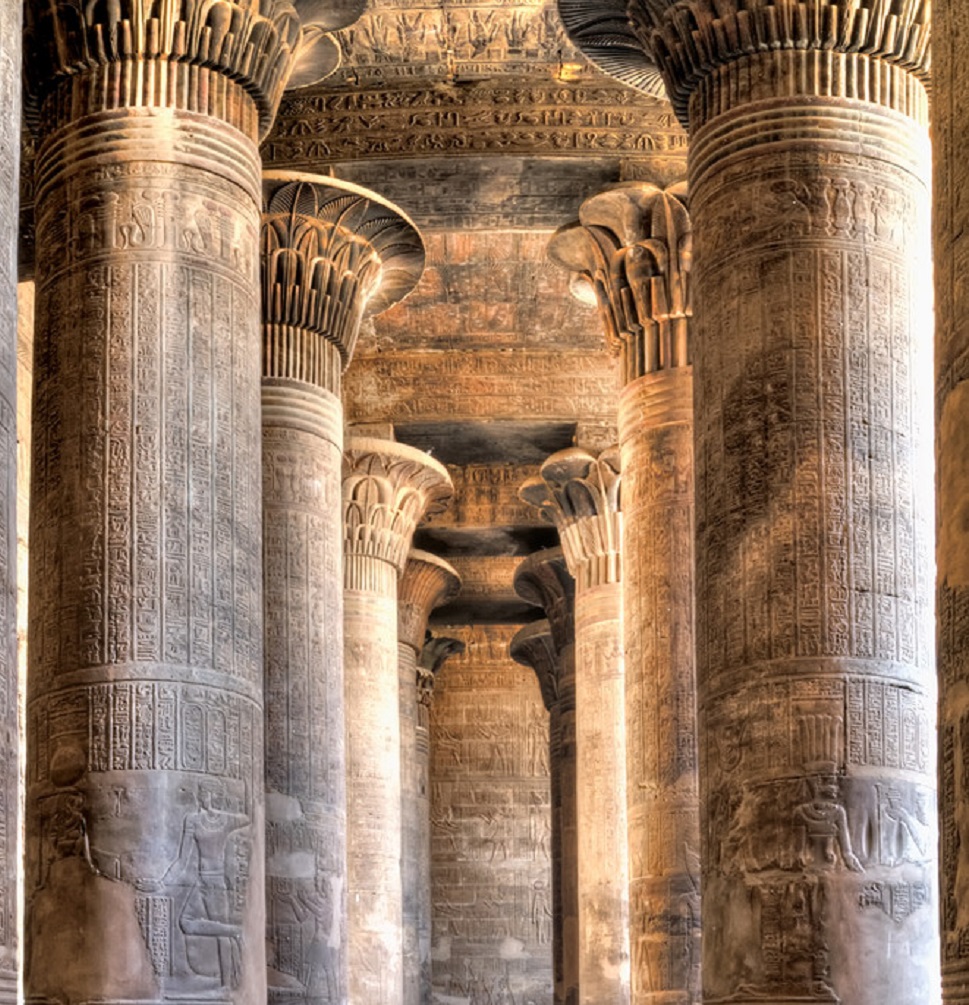
Two large statues of Horus carved out of one block of granite from Aswan flank the entrance to the first hypostyle hall - or room with rows of columns supporting its roof-- at the temple complex in Memphis. Their doors prevented public access into its center portion; typically this hall would remain closed except during some festivals through our Egypt Luxury tours
The hall's ceiling was decorated with astronomical imagery, and two rooms used by priests before performing their duties: House of Morning (to the left), used for ritual purification before entering temple, and House of Books (on the right), used as a library that housed religious texts as well as papyri needed to perform daily rituals and festivals - a list of papyri held here was inscribed onto its walls).
The Inner Hypostyle Hall
This smaller of two hypostyle halls stands immediately beyond its larger counterpart and marks the start of naos, the most sacred area of any temple where you can see it while cruising the Nile in Egypt Nile Cruise tours From this point forward, floor levels slowly raised while ceiling levels slowly dropped towards their focal point: sanctuary. Additionally, it contains three side rooms: to its left was Nile Room which stored water needed for purification purposes while laboratory produced unguents and perfume used during rituals; on its right was Treasury which housed objects made from precious metals and stones intended to adorn statues depicting gods or as amulets on them to decorate statues depicted within their statues adornments or statues depicted herein.
Learn practical ways to plan your Edfu tour experience with your family in our Egypt family tours, including how to get there, use the facilities, and be aware of what the travel industry practices.
This narrow room was used for offering and purification offerings to be burned for God, who would be sustained through their aroma and smoke. Wall decorations depicting offering and purification scenes provided an eternal supply of food to sustain his deity.
This room served as a buffer before entering the most sacred parts of a temple: its sanctuary and surrounding chapels. Also referred to as transversal hall, its two staircases provided access to its roof where many religious ceremonies took place in its history you can capture memories during your Egypt Classic tours and enjoy the unique experience.
The Sacred Sanctuary of the Edfu Temple

The sanctuary was the most sacred and significant section of any temple, housing both Horus' and Hathor's sacred barks which would be carried during processions as well as providing a permanent shrine for their images; likely one such image was likely an eyeless falcon statue. A black granite shrine located behind the sanctuary stands as one of the few remaining remnants of an earlier Temple of Horus, built by Nectanebo II (360-343 BCE), approximately one century before construction of the current one began. Each morning before opening bronze doors of the sanctuary to wake up Horus and his fellow deities sleeping within chapels. Hymns would be sung out in order to wake them up - an early way of communicating their religious devotion with deities sleeping inside chapels you will explore this magical temple during easter in Egypt Easter tours and more magical temples and ancient sites like Kom Ombo & Philae Temple in Aswan
The Chapels
Adjacent to the Sanctuary lies a series of 13 chapels and side chambers which house statues of other deities sharing this temple with Horus, while their doorjambs and lintels reveal which gods or goddesses resided within each chapel.
The Nilometer
A circular well located to the east of a temple outside its enclosure wall could be reached via a flight of stairs that starts inside and extends beneath its walls until reaching outside; these stairs provided access to it for temple staff who used it daily as part of daily purification processes, yet also used it as an Nilometer - measuring height of the annual Nile flood and rising water tables through scales carved onto its walls sloping staircase.



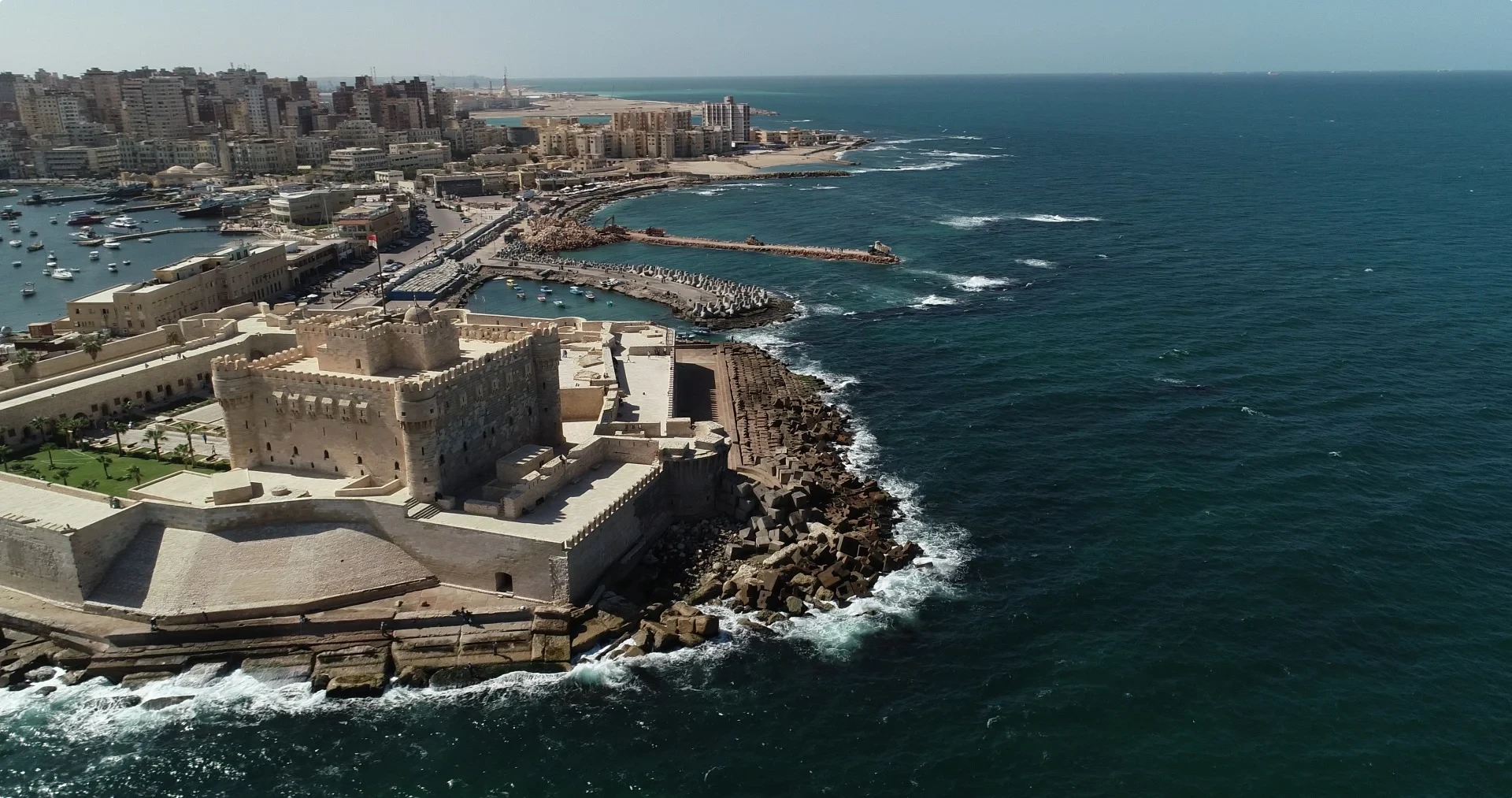

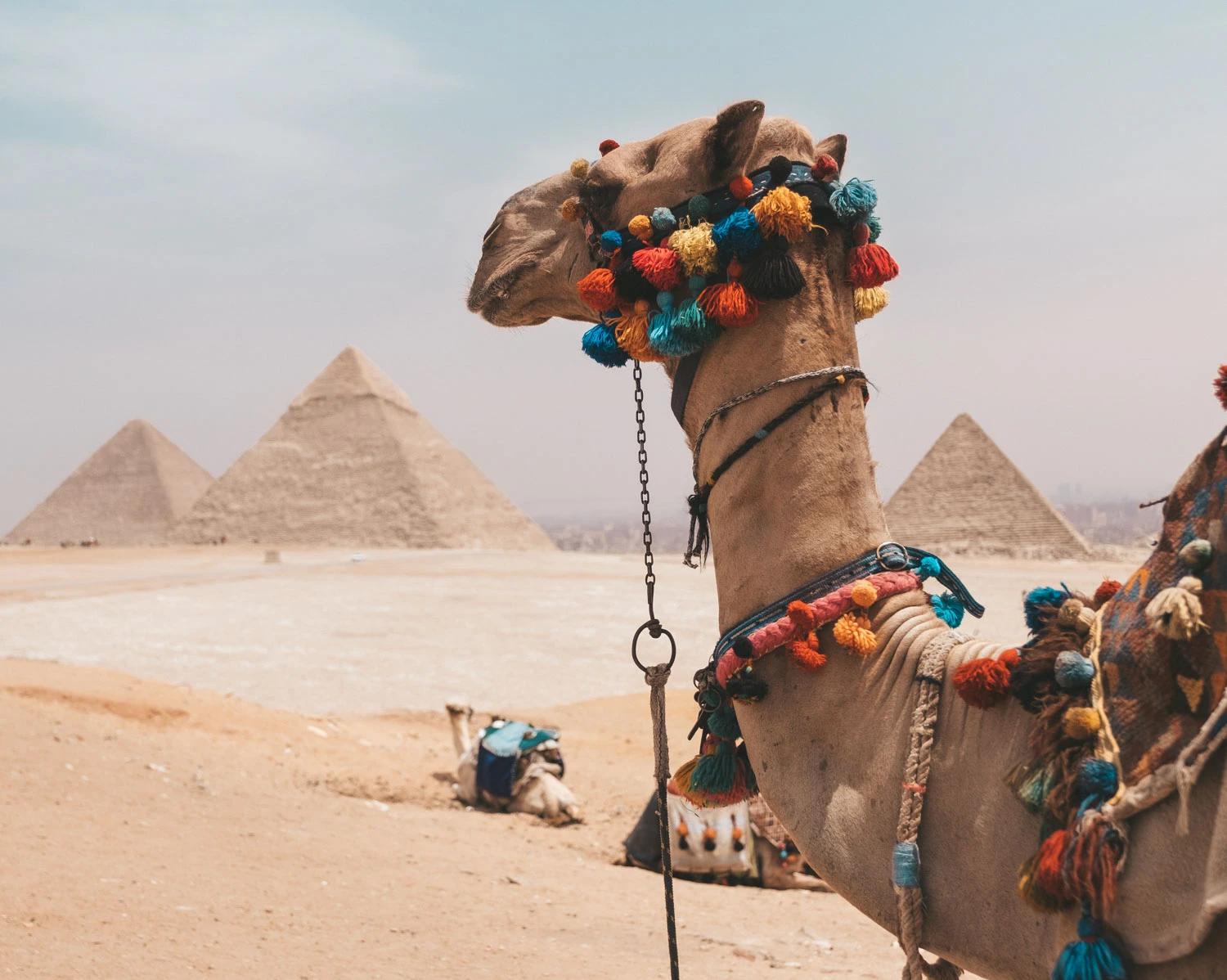

-webp.webp)
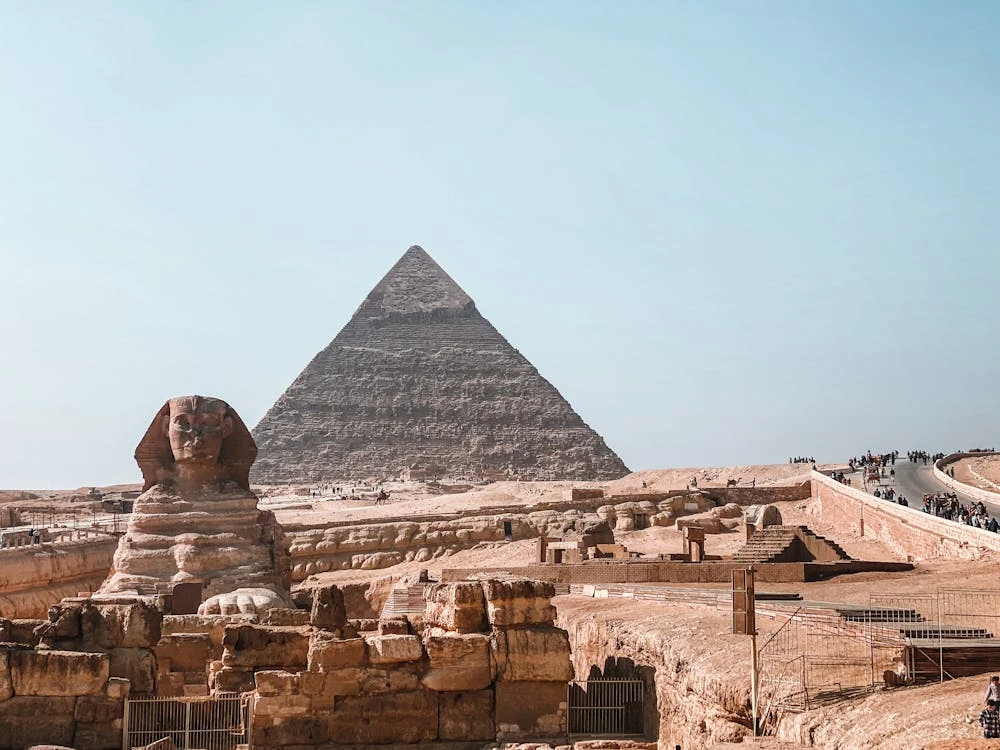


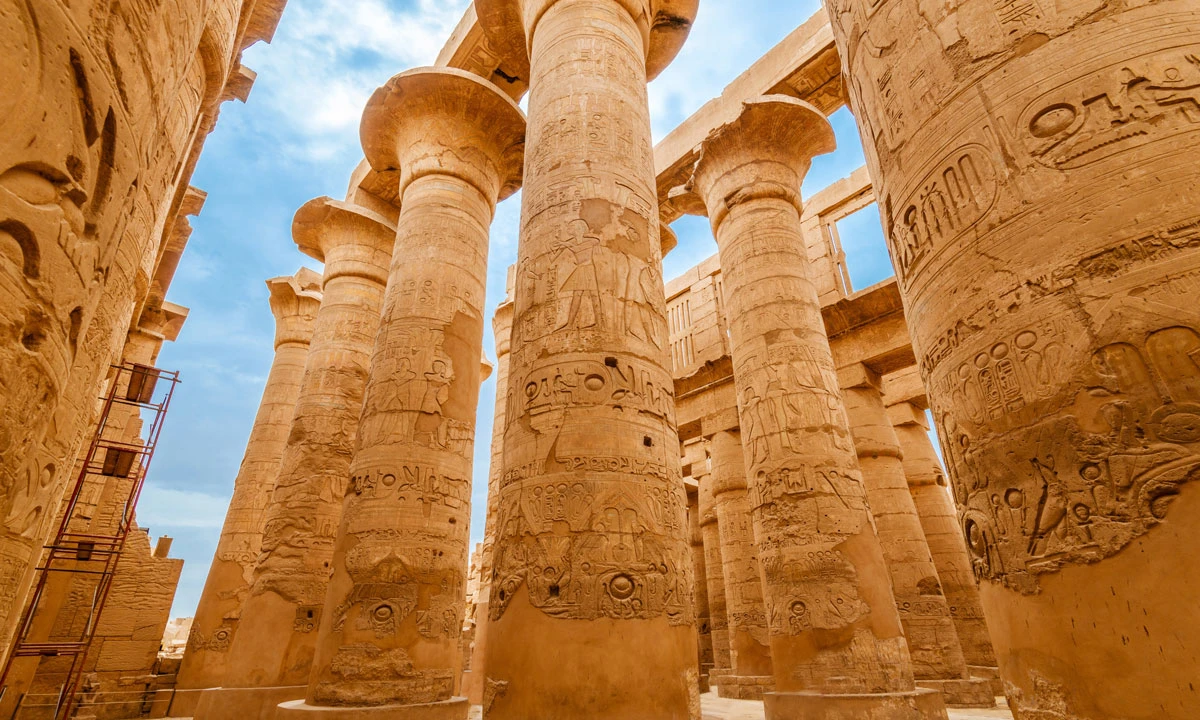



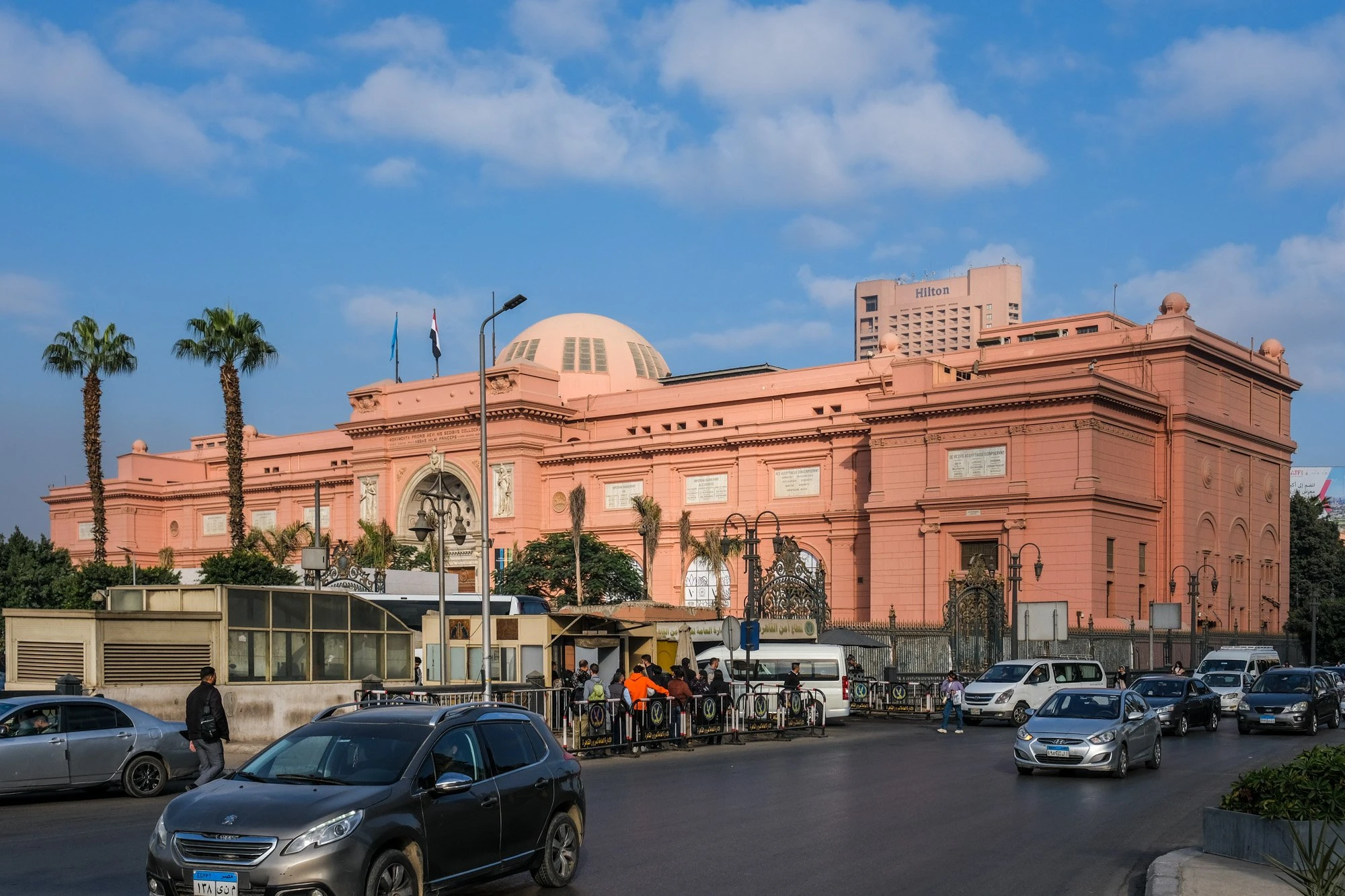
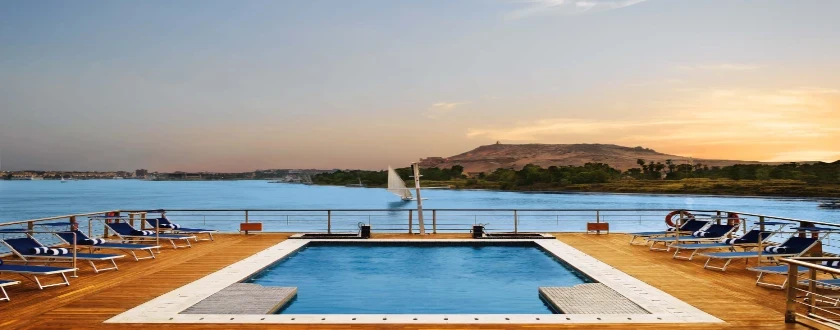

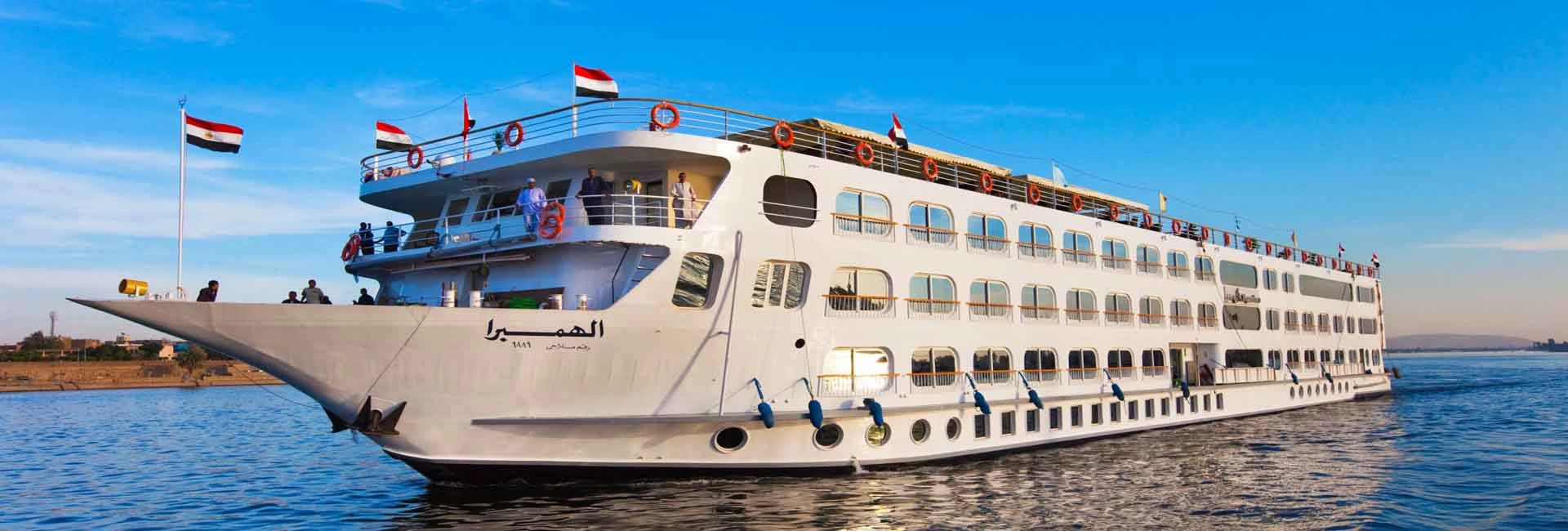
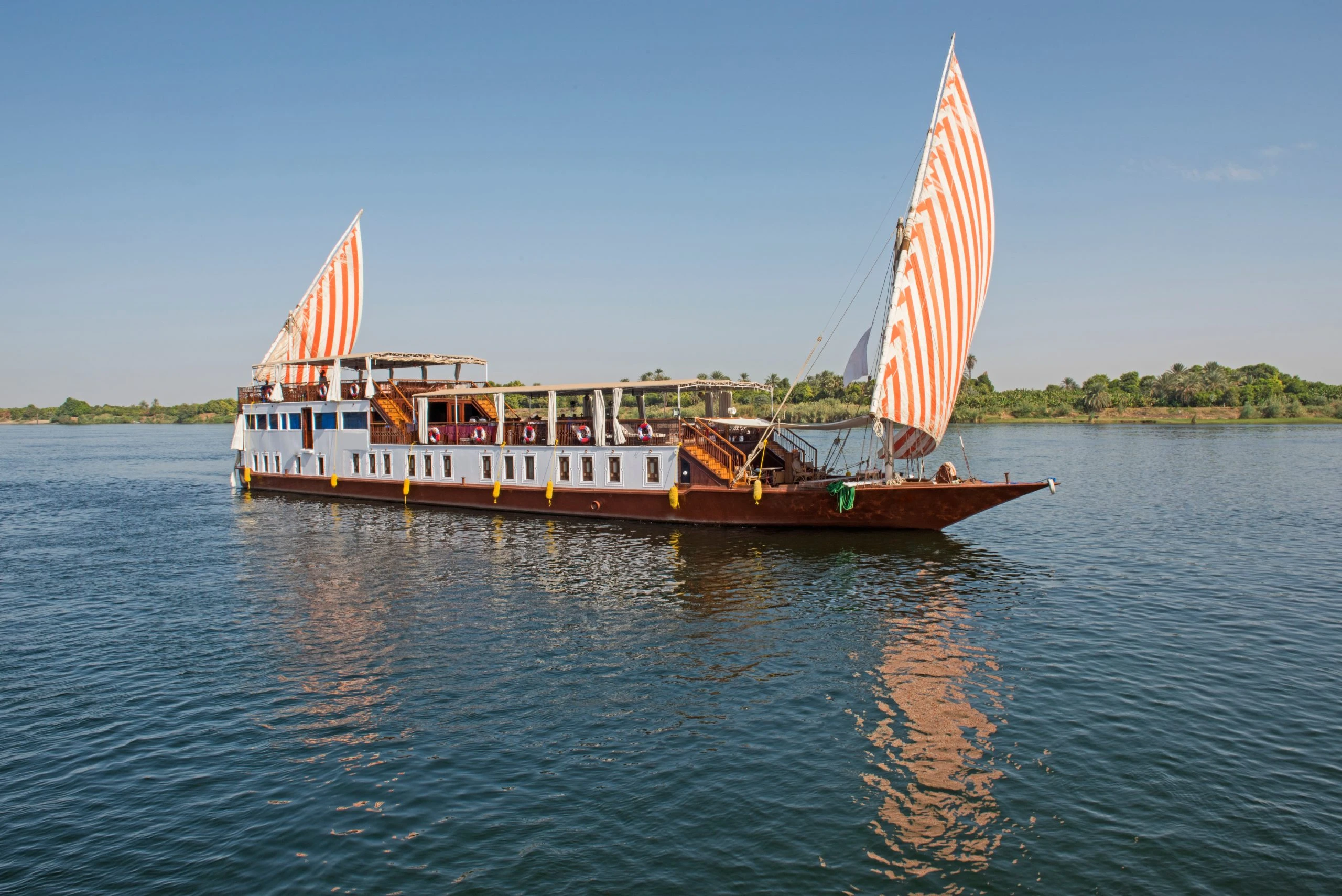







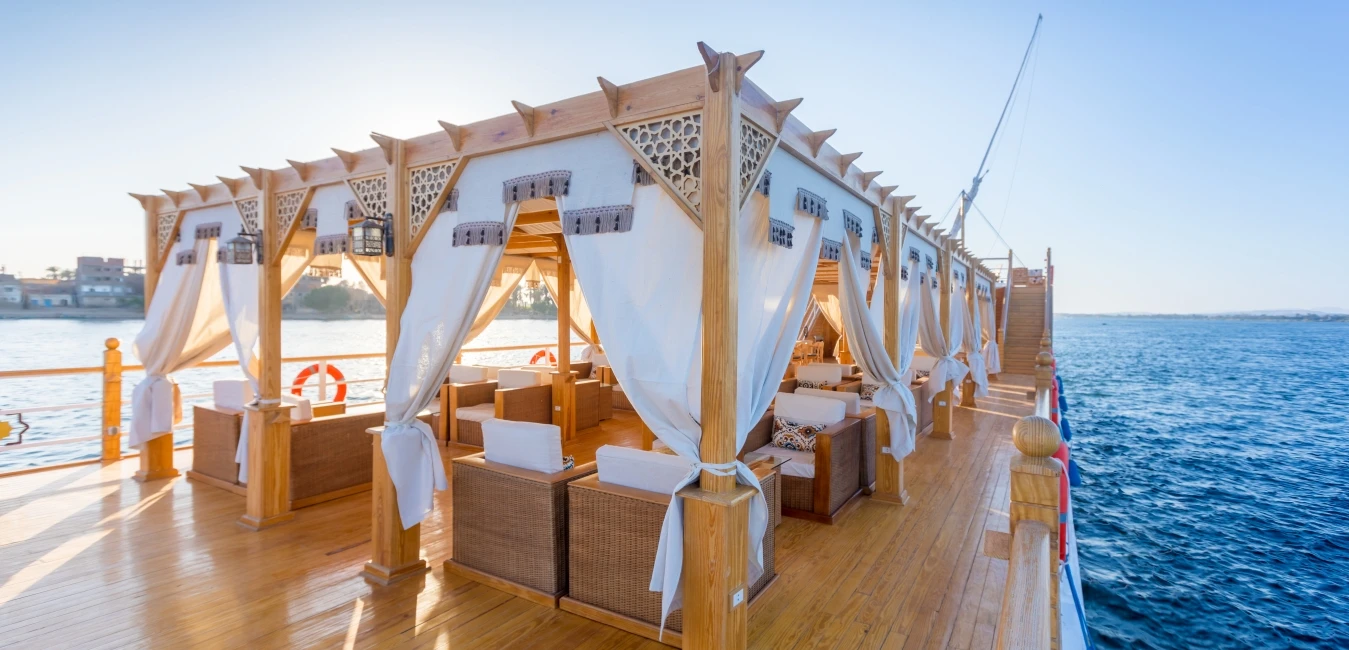

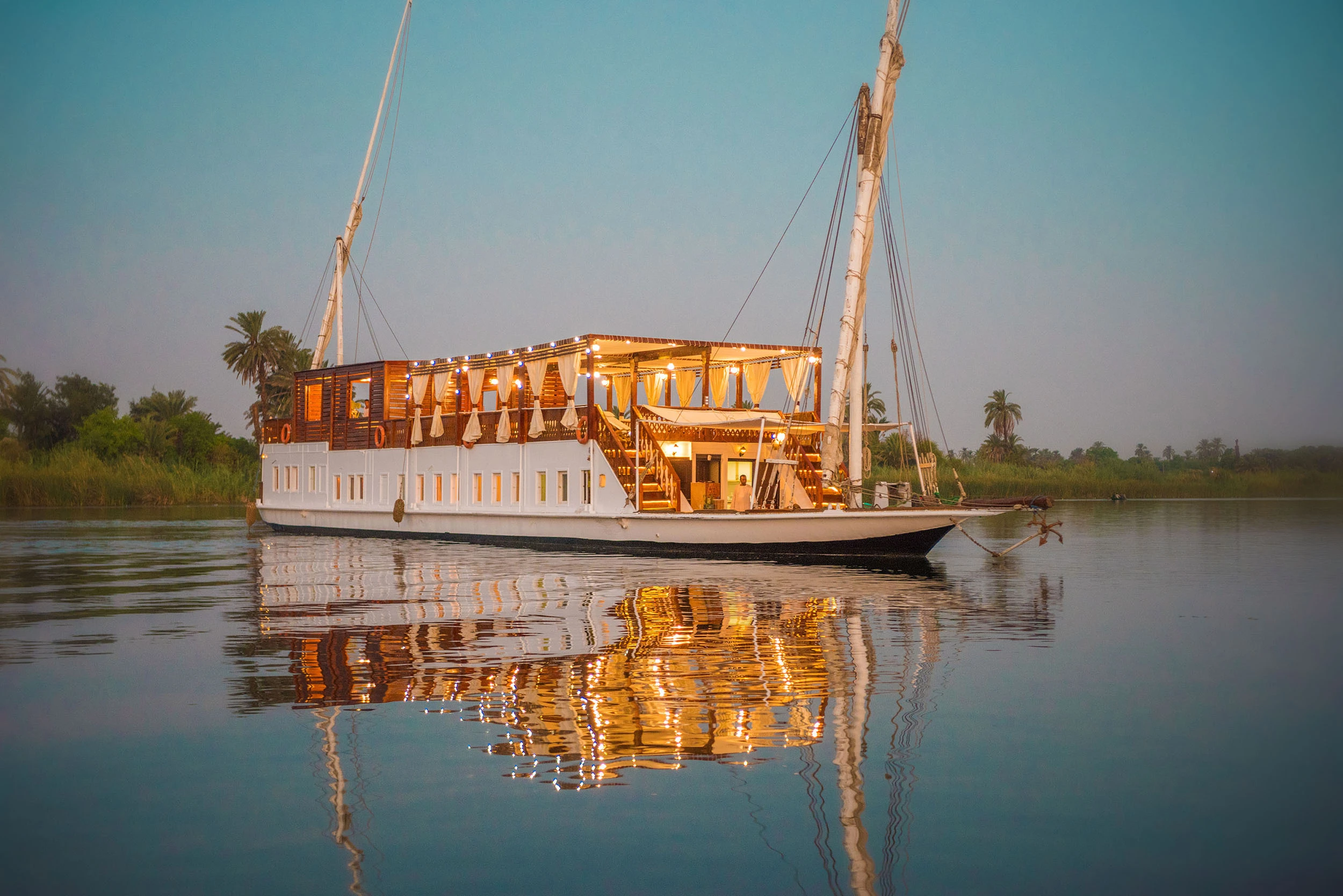
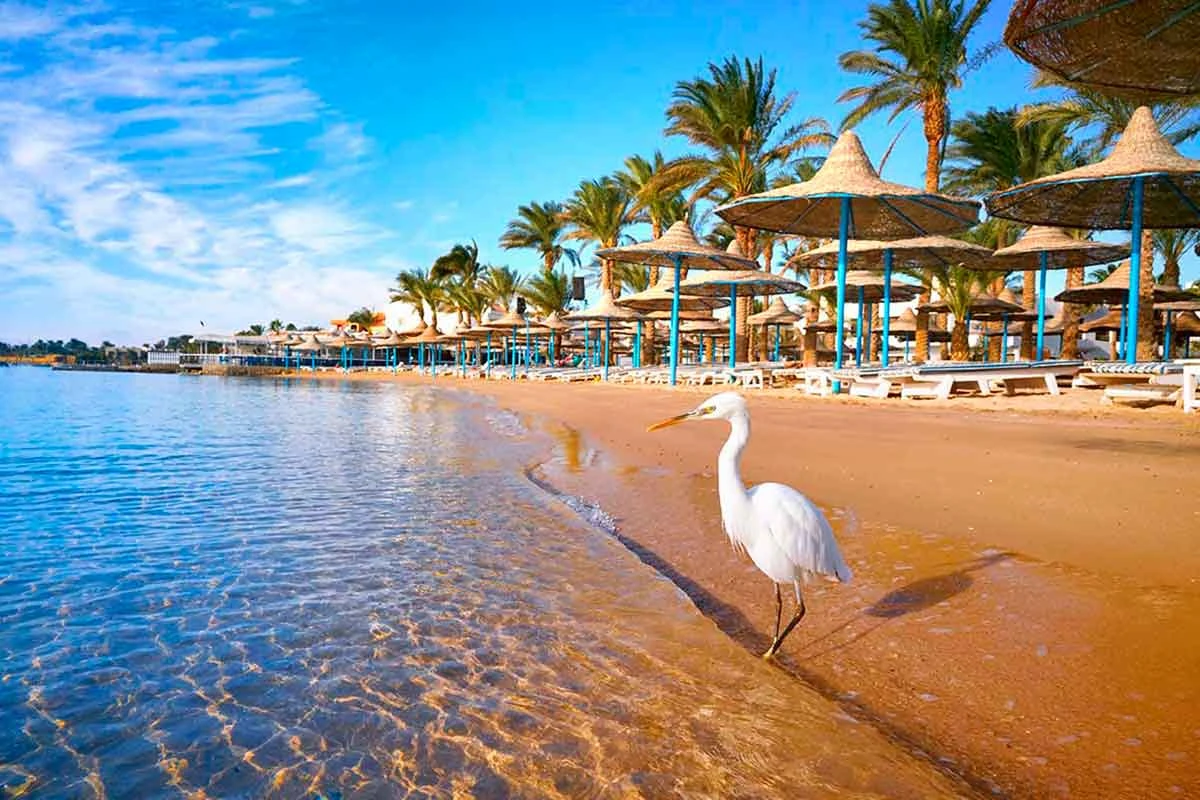




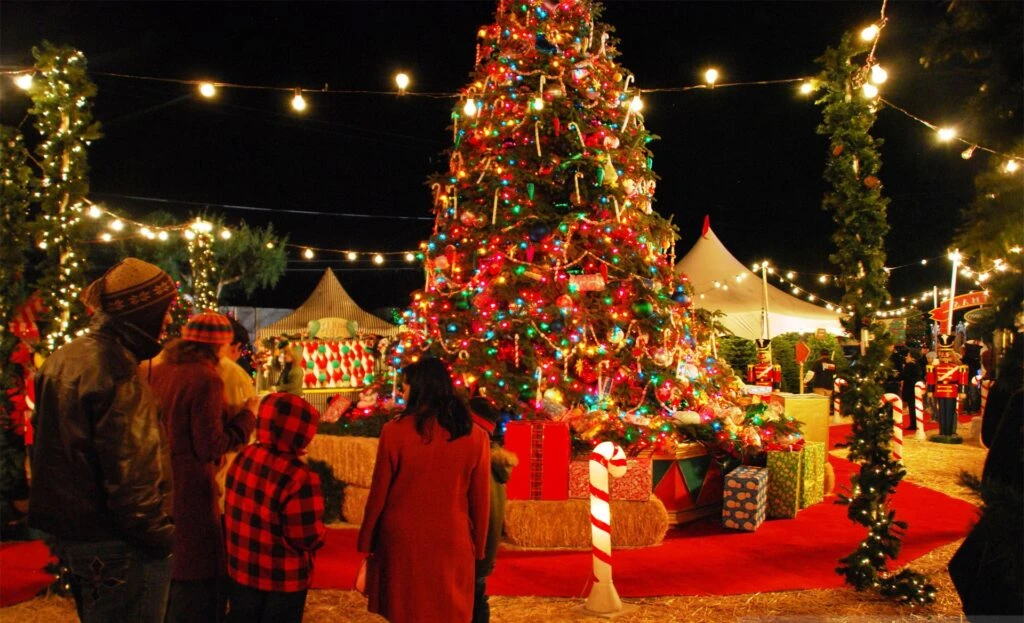
-webp.webp)


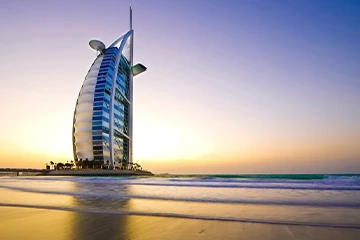




-webp.webp)



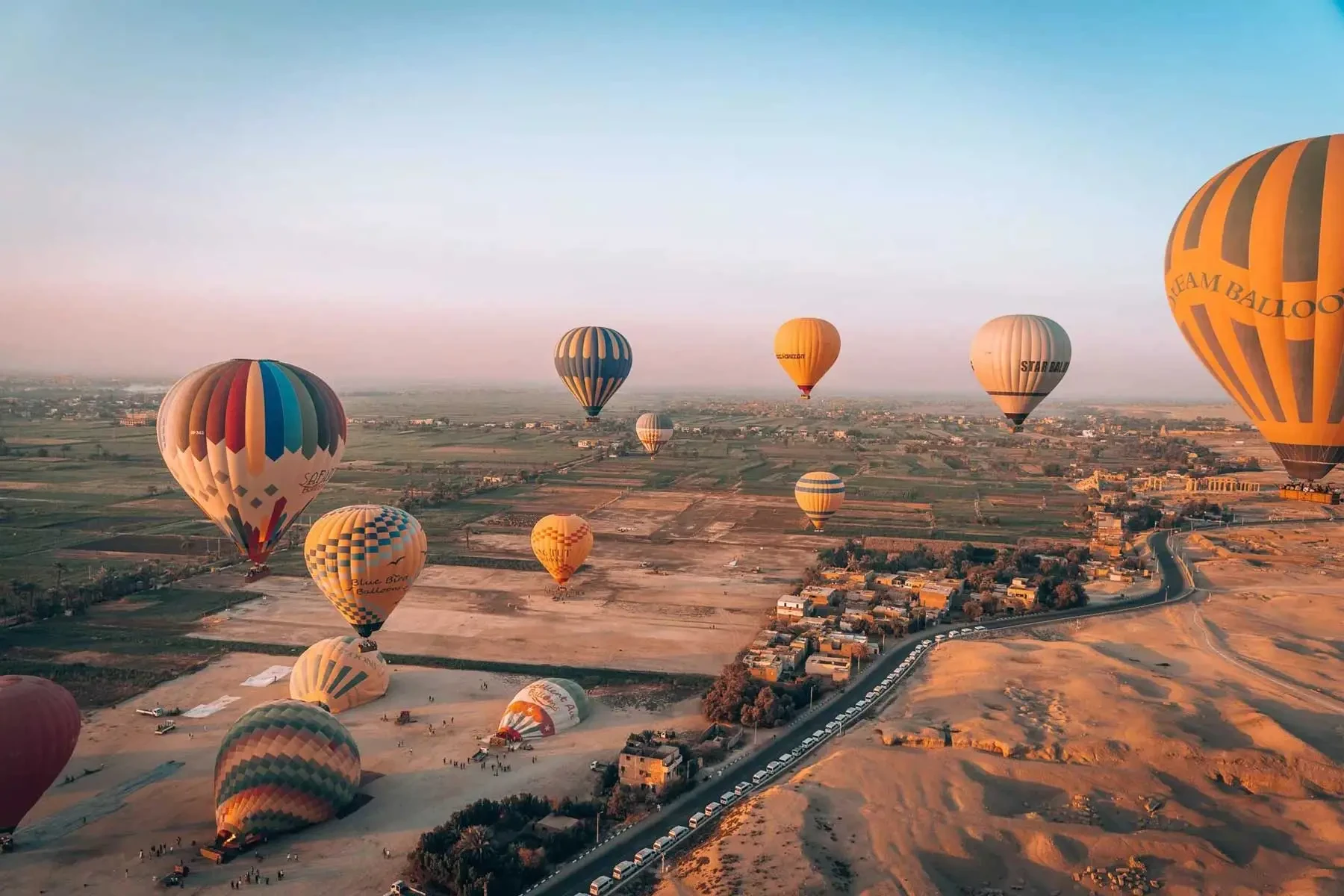

-webp.webp)
-webp.webp)

-webp.webp)



